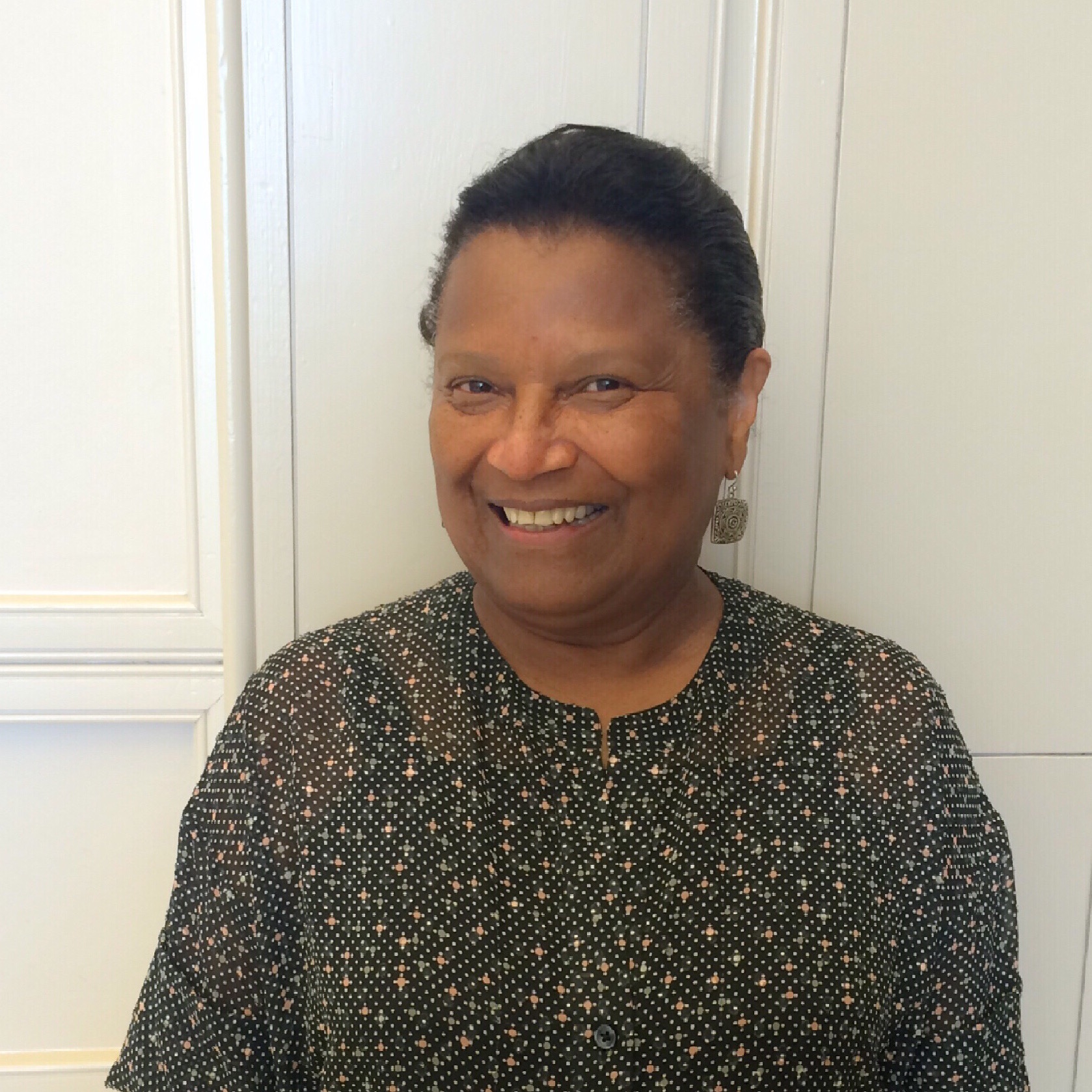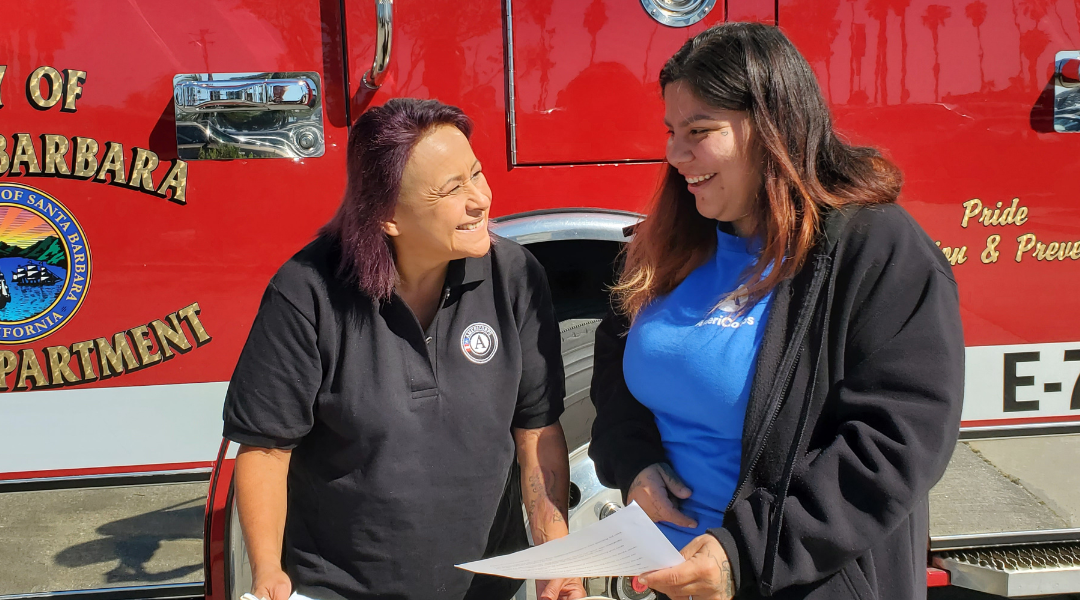Gardere Initiative
Purpose Prize Fellow 2015
A retired professor works to improve an impoverished East Baton Rouge community.
I was reared on a farm in a poor, rural area, but my parents taught me and my seven siblings that family, hard work, education and belief in God were the stepping stones out of poverty. It worked for us, and I believe it will work in Gardere.
The Gardere Initiative was established by local church leaders in 2006 after Hurricane Katrina. Many people who were displaced from New Orleans found residence in Gardere, a majority African-American community in East Baton Rouge. There was also an influx of Latinos that precipitated territorial turf crimes.
After I retired from Southern University in 2011, I was contemplating what I would do with the remainder of my life. I’d been a professor for 40 years and chair of the psychology department for 15. I realized that my teaching skills and leadership skills, and what I had learned about community-building could be used to make real changes in Gardere, a community, I had done outreach ministry in for 20 years. So I asked the Initiative’s leadership if I could become executive director.
We’re working to transform Gardere from a crime-ridden, impoverished community into a healthy place for almost 10,000 people. We operate a free library, conduct classes and tutoring, and offer job assistance. More than 100 elementary and middle school students have enrolled in our eight-week summer programs. Recruitment for these activities is done through knocking on doors and face-to-face meetings that build trust.
- Enrolled more than 100 elementary and middle school students in an eight-week summer program; provided tutoring, job assistance and other services to hundreds more residents.
- Organized construction of the community’s first playground and sidewalks on its main thoroughfare.
- Decreased neighborhood violence (theft, burglary and shots fired), since the Initiative began.
After I became executive director, I found an apartment with an ideal location for a community center: Its back faced a park, but it had been empty more than a year and badly needed renovation. The owner didn’t have money for repairs, and neither did we, so I offered 40 hours of volunteer work for one month’s rent.
When we moved in, there was no playground in the park – nothing. We submitted a proposal to KaBOOM!, the nonprofit that supports play as vital to child well-being, which gave us $15,000 to build a playground that community members helped design. We also convinced the mayor to add sidewalks to Gardere Lane, a major thoroughfare that runs through the community and has deep ditches on both sides. Without us, there would be no park, there would be no sidewalks. The community just needed somebody to speak up for them. They didn’t even realize they have rights.
Today, the Initiative is a hub of community life. The younger children actually think that we live in the community center! Theft, burglary and shots fired have decreased in the neighborhood. Gardere is becoming a place where children feel safe.
Usually when I talk about Gardere, I say “crime-ridden, impoverished community.” I want to say “developing community,” so that it doesn’t have a stigma attached to it. From my experience mentoring a five-year-old girl – she’s now a college graduate and serving in the military – I know that, if we collaborate, we can change the lives of many children – and our own lives, as well.




